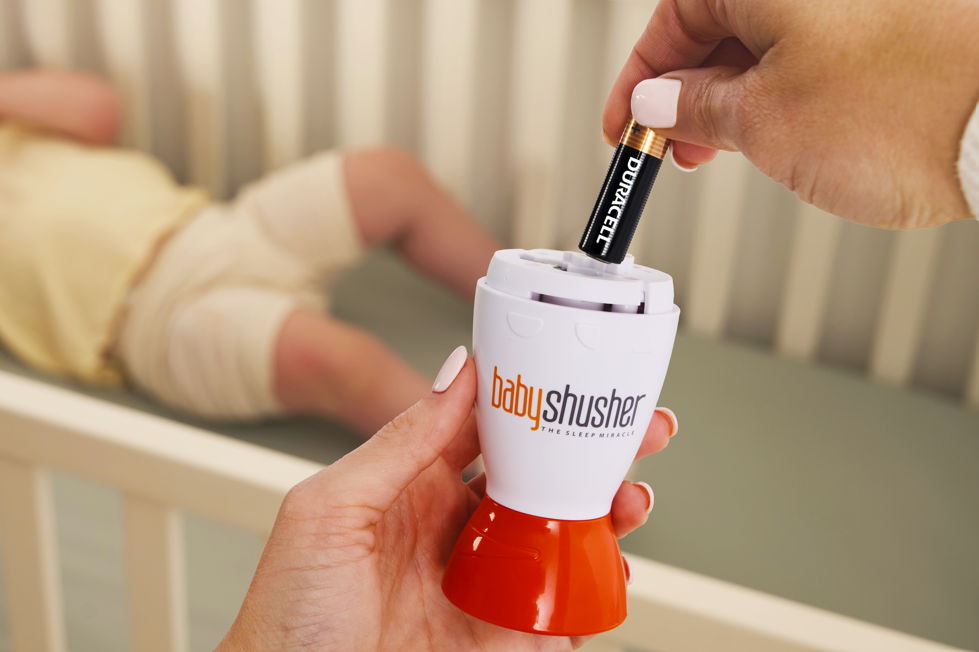Ah, the sweet sound of silence after hours of relentless wailing. If you're reading this, you’ve probably Googled “how to soothe a crying baby” more times than you can count. Welcome to the club. But here’s the good news: there’s science behind baby soothing, and it’s all wrapped up in a neat little package called the 5 S’s. So, grab a cup of coffee (because you’ll probably need it) and let’s dive into how you can harness these techniques to calm your little one—and yourself.
What Are the 5 S's?
If you’re unfamiliar with the 5 S’s, they are a series of steps coined by pediatrician Dr. Harvey Karp, designed to mimic the womb environment and activate your baby’s calming reflex. Sounds fancy, right? Well, it kind of is, but it’s also shockingly effective. The 5 S’s include:
Swaddling, Side/Stomach Position, Shushing, Swinging, Sucking
Now, let’s break down each of these S’s and understand why they work like magic.
1. Swaddling
Think about it—your baby has spent months in the snug confines of your womb. Being born into the wide world is like stepping from that comfort into a big scary world. It’s overwhelming! Swaddling recreates that snug feeling, wrapping your baby into a warm, tight little burrito.
The Science Behind It: Swaddling helps reduce the startle reflex, which can wake babies up from their (much-needed) naps. The snug wrap signals to your baby’s nervous system, “Hey, you’re safe. It’s okay to relax.”
Pro Tip: Make sure the swaddle isn’t too tight - leave two fingers of space between the fabric and your baby’s chest. There are tons of cute, safe swaddle options out there to make your life easier (and give you that "parenting expert" look).
2. Side or Stomach Position
Ever notice how your baby screams more when lying flat on their back? While back-sleeping is the safest for nighttime, holding your baby on their side or stomach when soothing can work wonders.
The Science Behind It: In the womb, babies aren’t lying on their backs—they’re kind of curled up in a side/stomach position. Holding them this way activates a calming response, making them feel like they’re back in their cozy pre-birth environment.
Pro Tip: Remember, this is a soothing technique for when they’re awake and fussy. Always place your baby on their back for sleep to prevent SIDS.
3. Shushing: The White Noise Wonder
If you’ve ever stood in the middle of a rock concert and thought, "I need some peace and quiet," that’s basically how your baby feels post-birth. But here’s the kicker: the womb isn’t a quiet place. Your baby’s used to hearing the whooshing sound of blood, your heartbeat, and even digestion.
The Science Behind It: The famous shushing sound mimics the sounds of the womb, triggering your baby’s calming reflex. That’s why sound machines like the Baby Shusher can feel like an instant calm. The rhythmic shush noise helps your baby feel like they’re back in their noisy but comfortable prenatal home.
Pro Tip: Keep the shushing noise at a safe volume - you don’t want to startle them further. Try the Baby Shusher for a portable, hands-free option that keeps the shushing rhythm going when you need a break.
4. Swinging
You’ve probably caught yourself instinctively bouncing, rocking, or swaying, even when your baby isn’t in your arms. It's like the "mom sway" becomes part of your DNA. Babies love movement, and that’s no coincidence.
The Science Behind It: In the womb, your baby was constantly being rocked by your movements. Gentle swaying or swinging helps calm them by recreating this sensation. It also helps activate the vestibular system in the brain, which controls balance and helps regulate their internal sense of calm.
Pro Tip: Stick to gentle motions, and never, ever shake your baby.
5. Sucking
Pacifiers, nursing, and even the trusty thumb—babies love to suck. It’s one of the most natural and comforting actions for them. Sucking helps them self-soothe and, let’s be honest, gives parents a few moments of peace.
The Science Behind It: Sucking triggers the release of chemicals in your baby’s brain that help them relax and feel safe. That’s why pacifiers or nursing are often the go-to when nothing else seems to work.
Pro Tip: While it’s tempting to let your baby have a pacifier 24/7, save it for when they’re especially fussy or in need of soothing. This way, it remains a powerful tool in your soothing toolkit.
Putting It All Together: The Ultimate Calming Combo
The real magic of the 5 S’s comes when you combine them. Swaddle your baby, hold them on their side, turn on the Shusher, rock them with a soft sway, and offer a pacifier. While the 5 S’s are backed by science, there’s also a bit of art to soothing a baby. Every parent finds their own rhythm, and every baby responds differently. Don’t be discouraged if it doesn’t work immediately—it’s all part of the journey.

